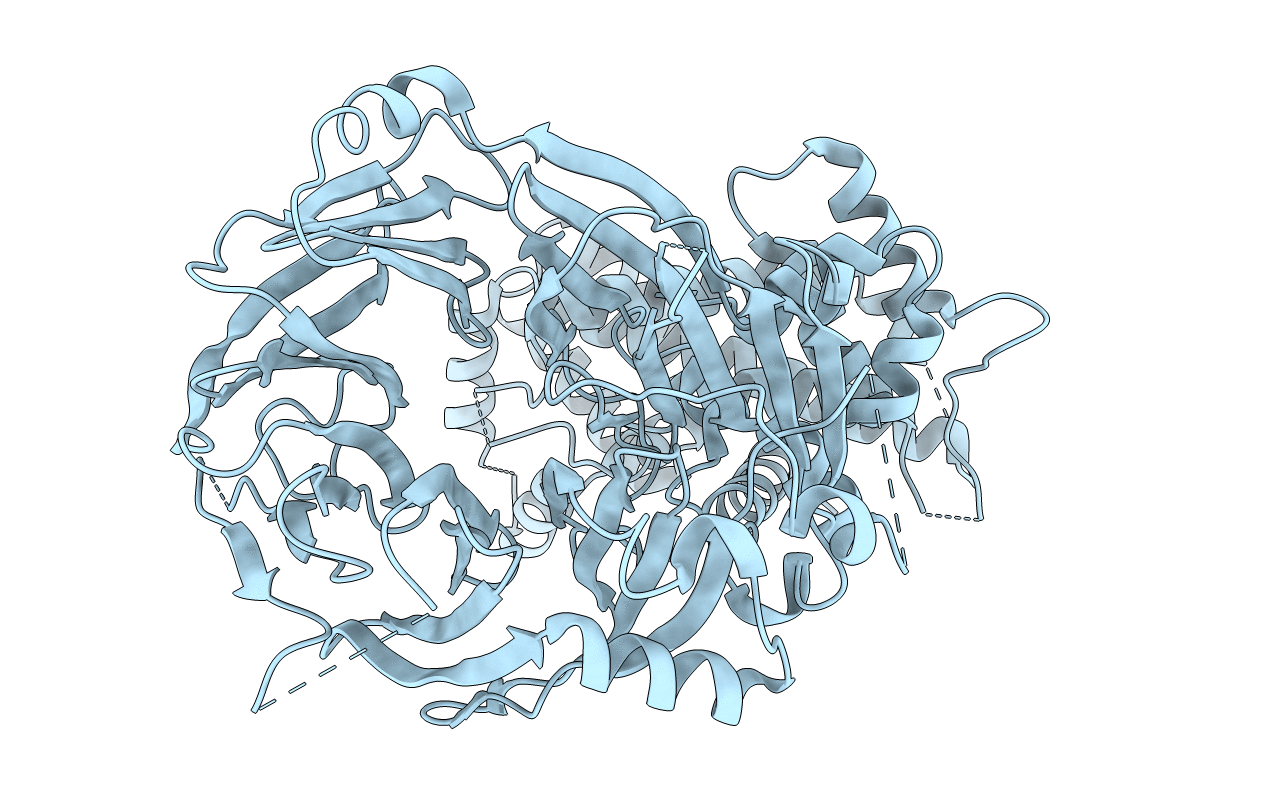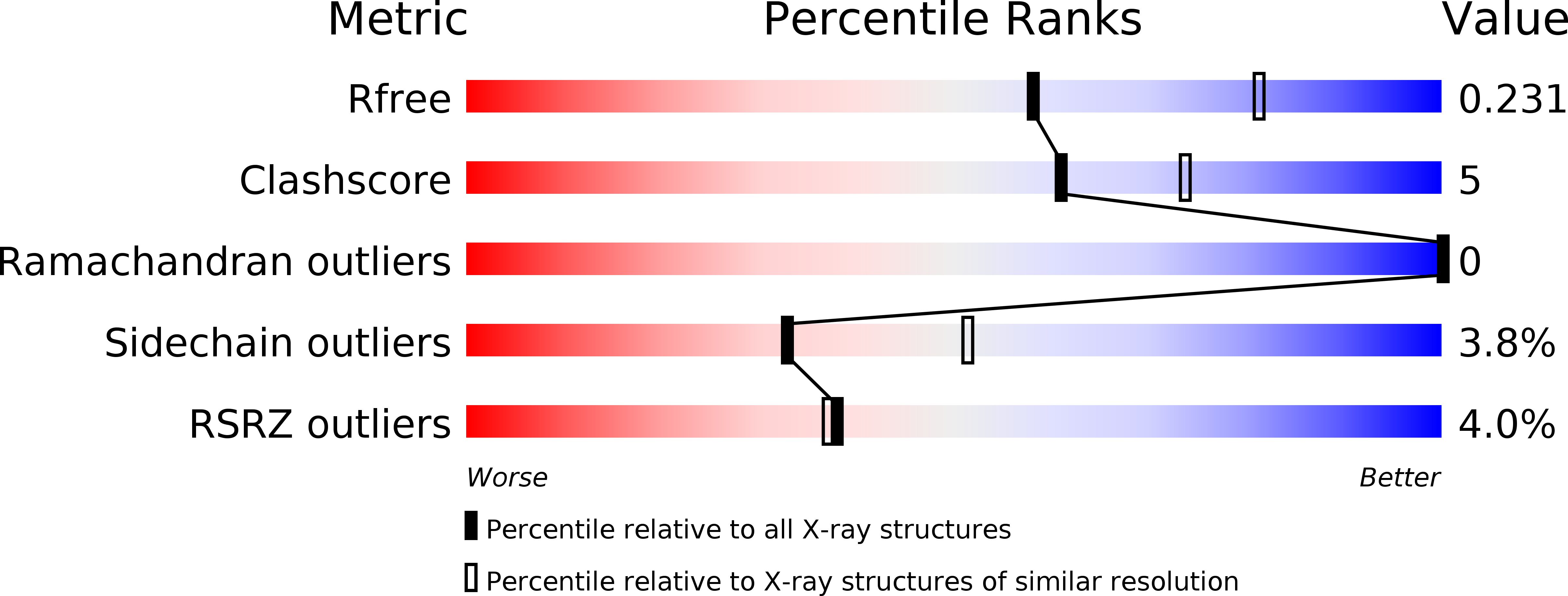
Deposition Date
2013-08-29
Release Date
2013-09-25
Last Version Date
2024-02-28
Entry Detail
Biological Source:
Source Organism:
Saccharomyces cerevisiae (Taxon ID: 559292)
Host Organism:
Method Details:
Experimental Method:
Resolution:
2.40 Å
R-Value Free:
0.23
R-Value Work:
0.18
R-Value Observed:
0.19
Space Group:
P 1 21 1


